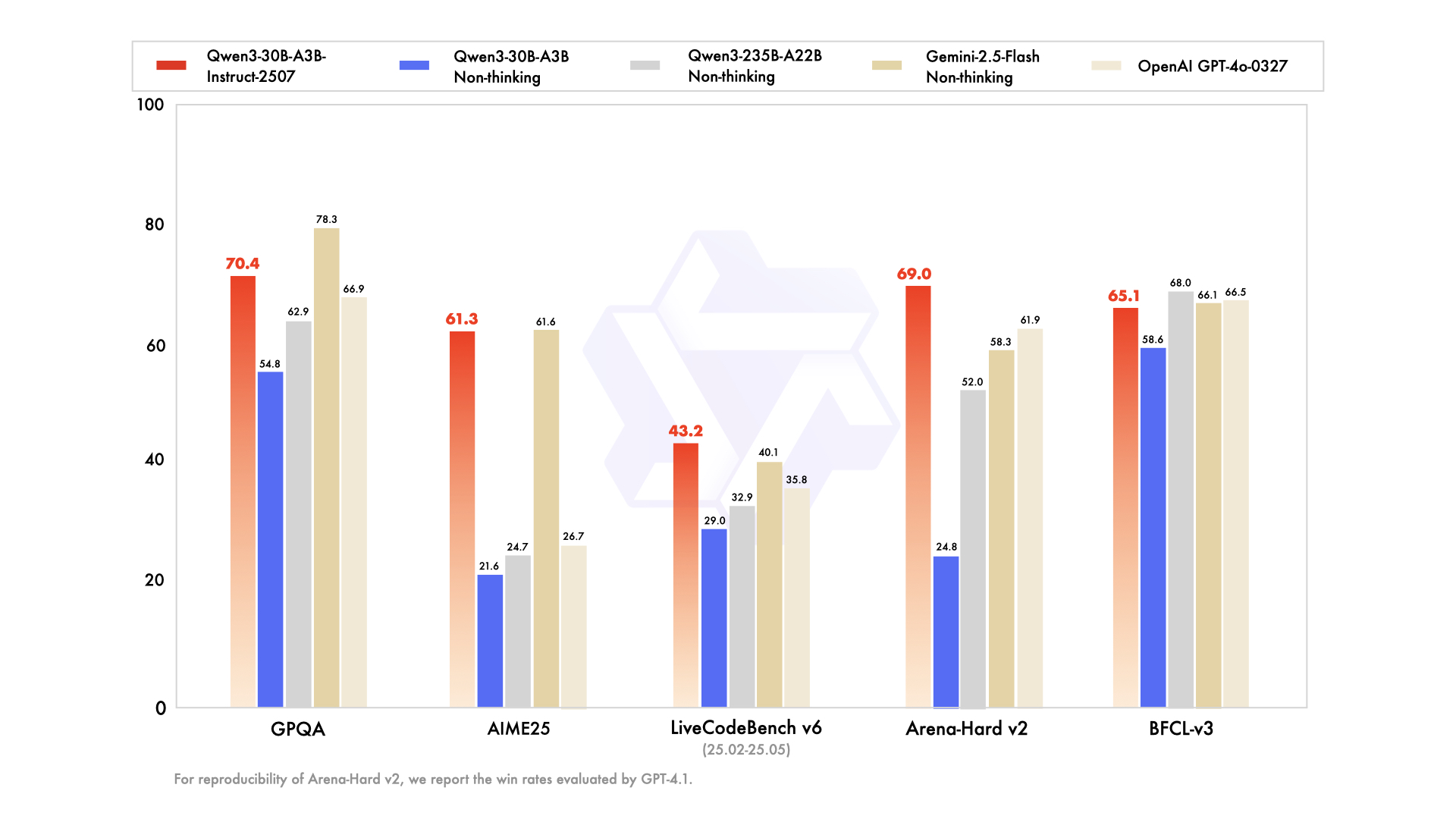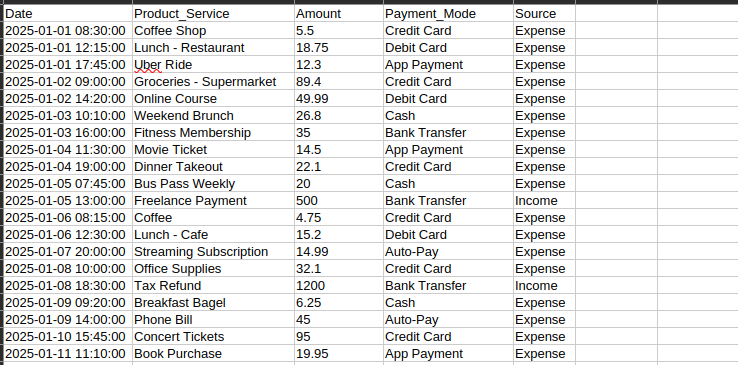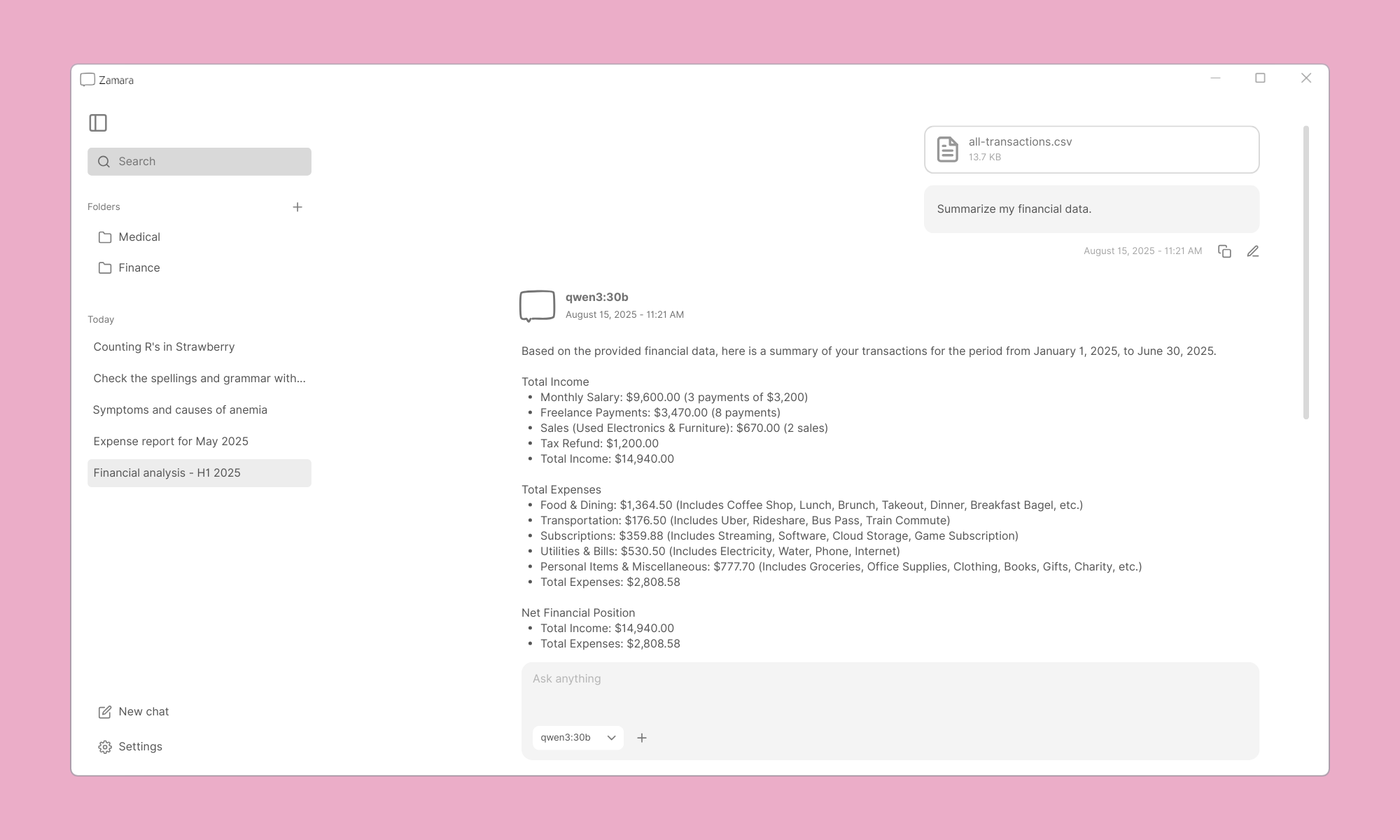
Managing cash flow is one of the most important aspects of running a successful business, or even just keeping your personal finances on track. But let's face it, staying on top of inflows and outflows can feel like a full-time job. That's where AI comes in. By using the right prompts, you can turn AI into your financial assistant, helping you analyze spending, plan budgets, and even forecast future cash flow.
Why local AI?
The idea of asking ChatGPT and sharing your financial data with OpenAI, or asking Gemini and sharing it with Google — or with any other AI solution provider — usually doesn't sit well with most people. With the rise of local AI, you can now use an LLM to analyze your financial data locally and privately on your PC.
In the last five years, AI has lived in the cloud. We've sent queries to servers, waited for answers, and relied on high-speed internet to make it all work. But that era is already shifting. The next generation of artificial intelligence won't live far away — it will live right here, on your laptop, your phone, or even your watch.
How to set up a local environment to run AI on your PC?
Enter Zamara — a ChatGPT alternative that runs entirely on your PC, 100% private, with no data leaving your computer.
Zamara stands out as a faster and simpler alternative to LM Studio and Jan, requiring fewer system resources while offering similar functionality. Unlike other AI clients, Zamara focuses on speed and simplicity without sacrificing power.
Installation is simple: download the installer, run it, and follow the setup wizard. Zamara will guide you through downloading your first AI model and getting everything configured. Most users are up and running within 10 minutes.

Which LLM is best for financial analysis?
Right now, qwen3:30b performs better than most other models we've tried. Qwen3 is Alibaba's most advanced open-source model. Qwen3-30B-A3B is a mixture-of-experts (MoE) model with 30 billion total parameters and 3 billion activated parameters.

Download your bank statements
Most banks allow you to export transactions as PDF or CSV files. These exports usually contain dates, descriptions, amounts, and sometimes cryptic merchant names.

Let's get prompting!
Simply click on the plus icon in the chatbox to add your files and then the fun part begins: prompting.
AI works best when instructed to handle one step at a time. Rather than assigning Zamara the task of creating a complete financial report from scratch, ask it to work on a smaller part of the task before moving on to the next.

Here are some prompts to test out:
• Summarize my financial data.
• Analyze trends for H1.
• How did my spending habits change in Q2 compared to Q1?
• What category saw the biggest increase in spending in Q2?
• How much money do I typically spend per week?
• How much have I spent on groceries in Q2?
• Create a suggested monthly budget based on my past 6 months of transactions.
• Detect recurring subscriptions I could consider canceling.
• Flag any transactions that look unusual compared to my typical spending patterns.
• Generate a pie chart of my spending by category.
• Show a time-series graph of my daily spending.
Give a few of these finance prompts a try and if you would like to learn more about how to leverage AI for financial reporting in your company, reach out anytime.